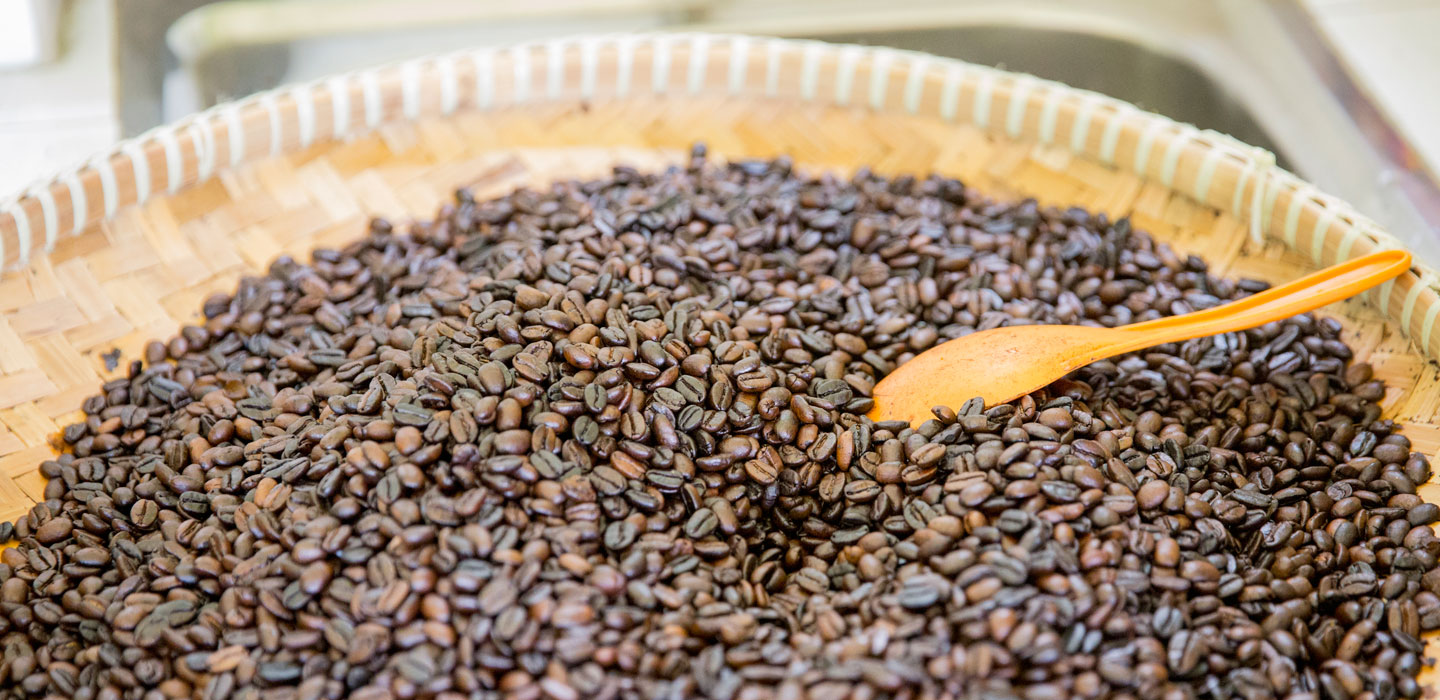Ensayos y Síntesis
Ensayos y Síntesis

Ensayos y Síntesis
Visualización del menú
SearchResultsFilters
Resultados de la búsqueda
IFAD and the 2030 Agenda: Transforming rural lives: building a prosperous and sustainable future for all
Despite much progress – extreme poverty has been halved since the Millennium Development Goals (MDGs) were adopted in 1990 – there are still 767 million extremely poor people in the world, and more than 75 per cent of them live in the rural areas of developing countries. Population increases and rising incomes are creating a growing demand for food, which creates both opportunities and challenges for people working in rural areas, including in smallholder agriculture and in the non-farm economy. Rising agricultural productivity, more jobs off the farm and migration are reshaping rural lives, but so too are climate change, environmental degradation, conflict and forced displacement.
IFAD’s experience in developing countries over the past 40 years clearly shows that investing in rural people leads to poverty reduction and economic growth that go beyond agriculture and rural areas. IFAD’s 2016 Rural Development Report presented evidence that inclusive and sustainable rural transformation is fundamental to economic and social growth, and to poverty reduction at the national level.
Policy brief: Promoting integrated and inclusive rural-urban dynamics and food systems
It is well recognized that with higher incomes and urbanization, patterns of demand for food change and expand – potentially creating new opportunities for food producers in many of today’s developing countries. It is not always equally well recognized that much of the urban expansion involves the growth of (often previously rural) towns, with these settlements retaining many of their rural characteristics.
The continued prevalence of small-scale farming in local livelihoods – albeit increasingly buttressed by increasingly dynamic non-farm sectors – remains a feature of many of these so-called “urban” settlements. Notably, small towns and cities of less than 500,000 inhabitants now represent the largest share of the global urban population, with the majority of the projected urban growth in the decades ahead to be absorbed by these centres.